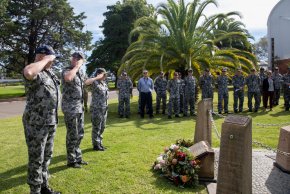thatsamguy
Member
Ref: Australia accelerates missile upgrade due to growing threats
Confirmation of missile types and platforms to avoid further confusion.
Confirmation of missile types and platforms to avoid further confusion.
Edit: Weegee's post from the DefMin has the same data and seems to be the source for the AP article - I missed that post beforeUnder a revised timetable, FA-18F Super Hornet fighter jets would be armed with improved U.S.-manufactured air-to-surface missiles by 2024, three years earlier than planned.
The JASSM-ER missiles would enable fighters to engaged targets at a range of 900 kilometers (560 miles).
Australia’s ANZAC Class frigates and Hobart Class destroyers would be equipped with Norwegian-made Kongsberg NSM missiles by 2024, five years ahead of schedule.
The missiles would more than double the warships’ strike range.

